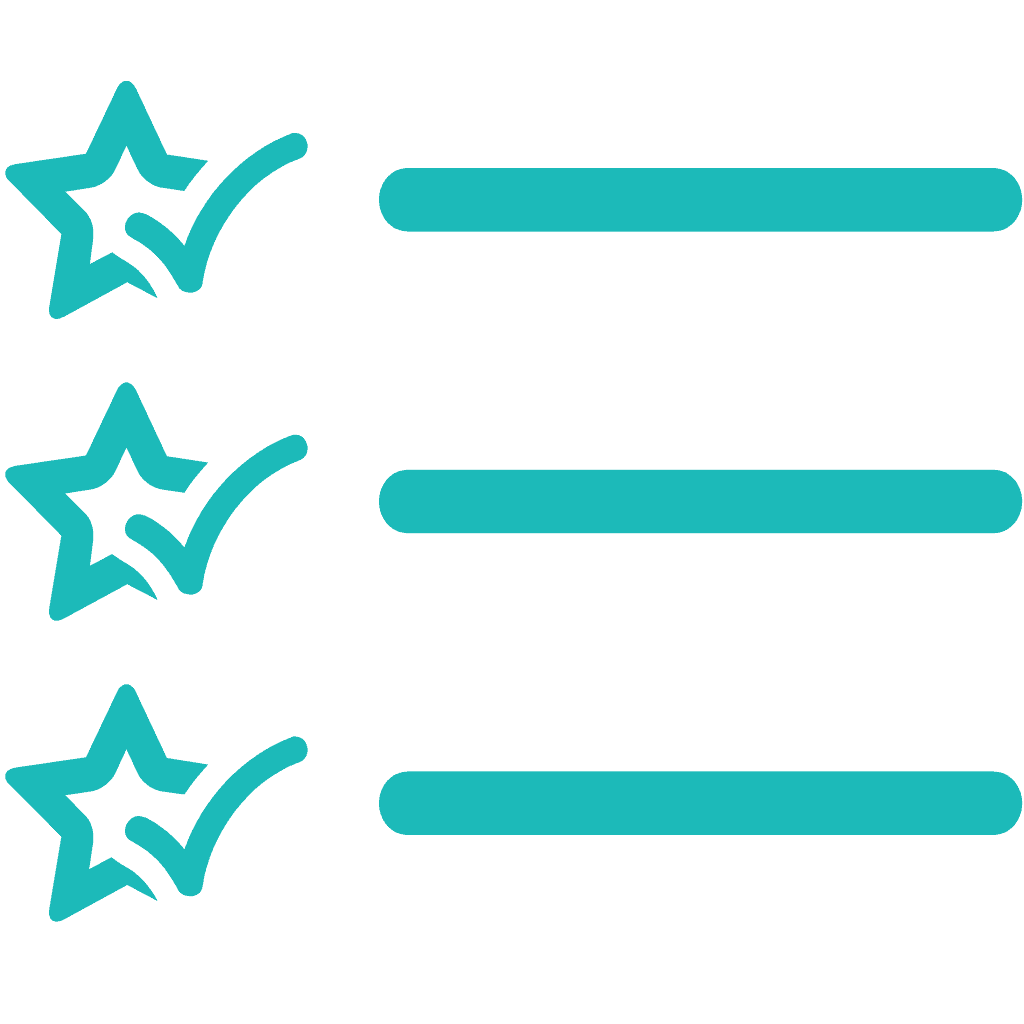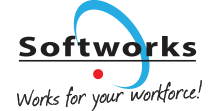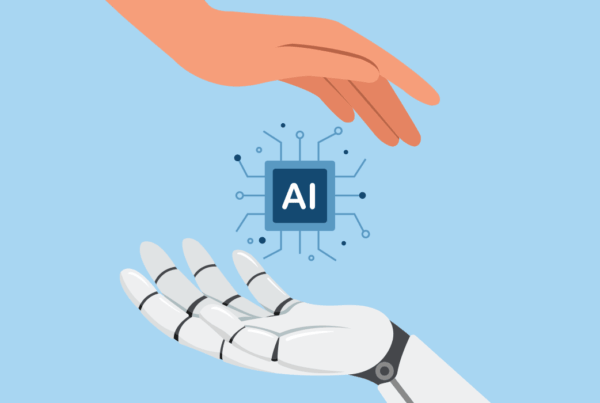In today’s fast-paced corporate world, the role of Human Resources (HR) has evolved beyond traditional boundaries, becoming a vital component of organizational strategy and efficiency. This shift has been greatly supported by the development of HR Management Software.
HR Management Software primarily serves as a central hub for securely storing and managing a wealth of employee data and information. This software revolutionizes HR tasks by:
-
- Employee Data Management: Offering a secure and centralized repository for all employee-related information, facilitating easy access and management.
- Recruitment Processes: Streamlining the entire recruitment cycle, from job postings to tracking applicants, thereby enhancing the efficiency of the hiring process.
- Performance Evaluation: Enabling regular and systematic evaluation of employee performance, which aids in talent development and recognition.
By centralizing these key HR functions, the software significantly reduces administrative burdens, allows for better data-driven decisions, and improves overall organizational efficiency. This centralization is crucial for modern businesses to stay agile and competitive in the ever-changing corporate landscape.
Benefits of HR Management Software
HR Management Software has proven to be a significant asset for organizations, offering several key advantages:

For instance, companies have found that adopting HR software enables them to respond swiftly to employee inquiries and requests, ensuring that all relevant information is efficiently stored and accessed when needed. This not only saves time but also enhances overall efficiency in the organization.
In summary, HR Management Software brings a transformative impact on organizational operations, optimizing resource allocation and enabling HR departments to focus on strategic initiatives instead of being bogged down by manual tasks. This tech-savvy approach allows for greater organizational effectiveness and helps businesses to stay competitive in the modern work environment.
Learn more: HR Management Software by Softworks
Key Features to Look For in HR Management Software
When selecting HR Management Software, there are several key features that organizations should consider to ensure they choose a solution that meets their needs and enhances their HR processes:

User-Friendliness
-
- The software should have an intuitive interface that is easy to navigate. This minimizes the learning curve and ensures that all team members, regardless of their tech-savviness, can utilize the software effectively.
- A user-friendly design facilitates quick adoption and reduces the need for extensive training.
Configurability
-
- The software should offer a high level of customization to align with the unique processes and workflows of the organization.
- Configurability allows the software to adapt to the company’s changing needs, ensuring it remains relevant and useful as the organization evolves.
Scalability
-
- Scalability is crucial for growing businesses. The software should be able to accommodate an increasing number of users and larger data sets without performance degradation.
- A scalable HR software solution ensures that as the company grows, the software grows with it, avoiding the need for frequent system changes.
Integration Capabilities
-
- The ability to integrate with other systems and software used by the organization is essential. This includes payroll systems, applicant tracking systems, and other enterprise resource planning (ERP) tools.
- Effective integration ensures seamless data flow and improves overall process efficiency.
Security
-
- Given the sensitive nature of HR data, robust security features are a must. This includes data encryption, secure data storage, and regular security updates.
- Good security practices protect against data breaches and ensure compliance with data protection regulations.
Cloud-Based Solutions
-
- Cloud-based HR software offers several advantages, including remote accessibility, lower upfront costs, and reduced need for internal IT maintenance.
- Cloud solutions provide scalability and flexibility, making it easier for businesses to adapt to changing needs and workforce dynamics.
Mobile Accessibility
-
- In today’s mobile-first world, the software should be accessible on various mobile devices. This allows employees and HR managers to access information and perform tasks on the go.
- Mobile accessibility increases flexibility and improves the user experience for employees who are not always desk-bound.
These features collectively ensure that the HR Management Software not only streamlines HR processes but also aligns with the strategic goals of the organization, enhancing overall productivity and efficiency.
Learn more: HR Management Software by Softworks
How to Choose the Right HR Management Software
Selecting the right HR Management Software for your business is a crucial decision. Here’s a guide to help you navigate this process:

Understanding Business Needs
-
- Identify the specific HR challenges and processes that need improvement in your organization.
- Consider factors like company size, industry, workforce dynamics, and specific HR functions that are crucial for your business.
-
- Think about how your company is expected to grow in the coming years.
- Choose software that can scale with your business to avoid future migrations or upgrades.
HR Software Evaluation Checklist
-
- Ensure the software has all the necessary features you need, such as employee information management, performance evaluation, attendance tracking, etc.
- Prioritize must-have features based on your business needs.
-
- Evaluate the software’s ease of use and interface. A demo or trial version can be helpful to assess this.
- Consider feedback from the actual users who will be working with the software.
-
- Check if the software can be customized to fit your specific HR workflows and processes.
- Flexibility to adapt to your business processes is crucial.
-
- Assess the software’s ability to integrate with your existing tools and systems, such as payroll software, ERP systems, etc.
- Seamless integration ensures uninterrupted data flow and reduces manual work.
-
- Ensure the software complies with local and international data protection regulations.
- Investigate its security features, data encryption, and backup capabilities.
-
- Research the vendor’s reputation, customer service quality, and support offerings.
- Look for reviews, testimonials, and case studies from other clients.
-
- Consider the total cost of ownership, including setup, subscription, and maintenance fees.
- Evaluate the return on investment (ROI) by considering the efficiency gains and cost savings the software can bring.
-
- Verify if the software offers mobile accessibility and cloud-based options for remote accessibility and ease of use.
Decision-Making
Post-Selection
Choosing the right HR Management Software requires careful consideration of your business needs, thorough evaluation of available options, and strategic planning for implementation and future scalability.
Learn more: HR Management Software by Softworks
Challenges and Considerations in Implementing HR Management Software
Implementing HR Management Software can come with its set of challenges. Understanding these challenges and knowing how to address them is crucial for a successful implementation.

Common Challenges
Cost Concerns
-
- The initial investment in HR software can be significant, especially for small and medium-sized enterprises.
- Ongoing costs for maintenance, updates, and potential add-ons can add up.
User Training
-
- Employees might resist change or struggle with the transition to a new system.
- Insufficient training can lead to underutilization of the software’s features.
Data Migration
-
- Transferring data from existing systems to the new HR software can be complex and time-consuming.
- There is a risk of data loss or errors during the migration process.
Solutions and Tips
-
- Evaluate ROI: Compare the costs against potential time savings, efficiency gains, and improvements in HR processes.
- Explore Different Pricing Models: Look for vendors offering flexible pricing options that align with your budget and business size.
-
- Comprehensive Training Programs: Implement structured training programs that cover all aspects of the software. Include hands-on sessions for practical learning.
- Ongoing Support: Provide access to ongoing support and resources, such as user manuals, FAQs, and helpdesks.
-
- Plan Thoroughly: Develop a detailed migration plan, including data cleaning, mapping, and testing.
- Seek Expert Assistance: Consider hiring experts or working closely with the vendor for a smooth migration process.
-
- Stakeholder Buy-In: Engage with key stakeholders early in the process to understand their needs and gain their support.
- Change Management: Develop a change management strategy to help employees transition to the new system.
- Configurability and Integration: Ensure the software can be configured to fit your business processes and integrate seamlessly with other systems.
-
- Regularly evaluate the software’s performance and user satisfaction to ensure it meets the business needs and expectations.
By addressing these challenges with careful planning, thorough training, and strategic implementation, businesses can maximize the benefits of their HR Management Software and ensure a smooth transition.
Learn more: HR Management Software by Softworks
Conclusion
Throughout this blog, we’ve explored the dynamic world of HR Management Software and its pivotal role in modernizing HR operations. From the basic understanding of what HR Management Software is, to detailing its benefits, key features, and guidance on selecting the right software, we’ve covered the essentials that businesses of all sizes need to consider.
HR Management Software has emerged as a transformative force in the business landscape. By automating routine tasks, enhancing data accuracy, and improving employee engagement, this technology has revolutionized the way HR departments operate. It allows for more strategic HR management and plays a crucial role in driving organizational efficiency.
Next steps:
1. Assess Your Current HR Processes
Take a moment to evaluate your current HR systems and processes. Are they efficient, secure, and scalable? Do they meet the evolving needs of your organization?
2. Consider the Benefits of an Upgrade
Reflect on how upgrading to a modern HR Management Software solution can benefit your organization. Think about the time savings, improved accuracy, and enhanced employee experience that come with such a transition.
3. Explore Your Options
Reach out to software vendors for demos and consultations. These sessions can provide valuable insights into how different software solutions can meet your specific needs.
4. Take the Next Step
Don’t hesitate to take action. Upgrading to a comprehensive HR Management Software solution is not just about keeping up with technology; it’s about taking a strategic step towards enhancing your organization’s overall effectiveness and preparedness for the future.
Embracing HR Management Software is not merely a technological upgrade; it’s a strategic decision that can significantly impact your organization’s efficiency and success. Now is the time to explore, assess, and take a step forward in optimizing your HR operations.
Request a free Demo!
Take the first step towards a complete HR Management solution. Talk to us today!
About Tomislav Rucevic
Tomislav Rucevic, an SEO Specialist at Softworks, stands out as more than just a marketer. He’s a fervent writer and influential thinker passionate about Workforce Management, HR, and work-life dynamics. Holding an MBA in Marketing, Tomislav excels in creating content that delves into the complexities of the modern workplace.
His dedication to writing on these topics is highlighted in his MBA thesis, which examined the link between Employee Motivation and Quality Improvement. At Softworks, he expertly merges his SEO skills with his writing prowess, contributing to the company’s digital success and advancing discussions on enhancing work environments and achieving work-life balance.








